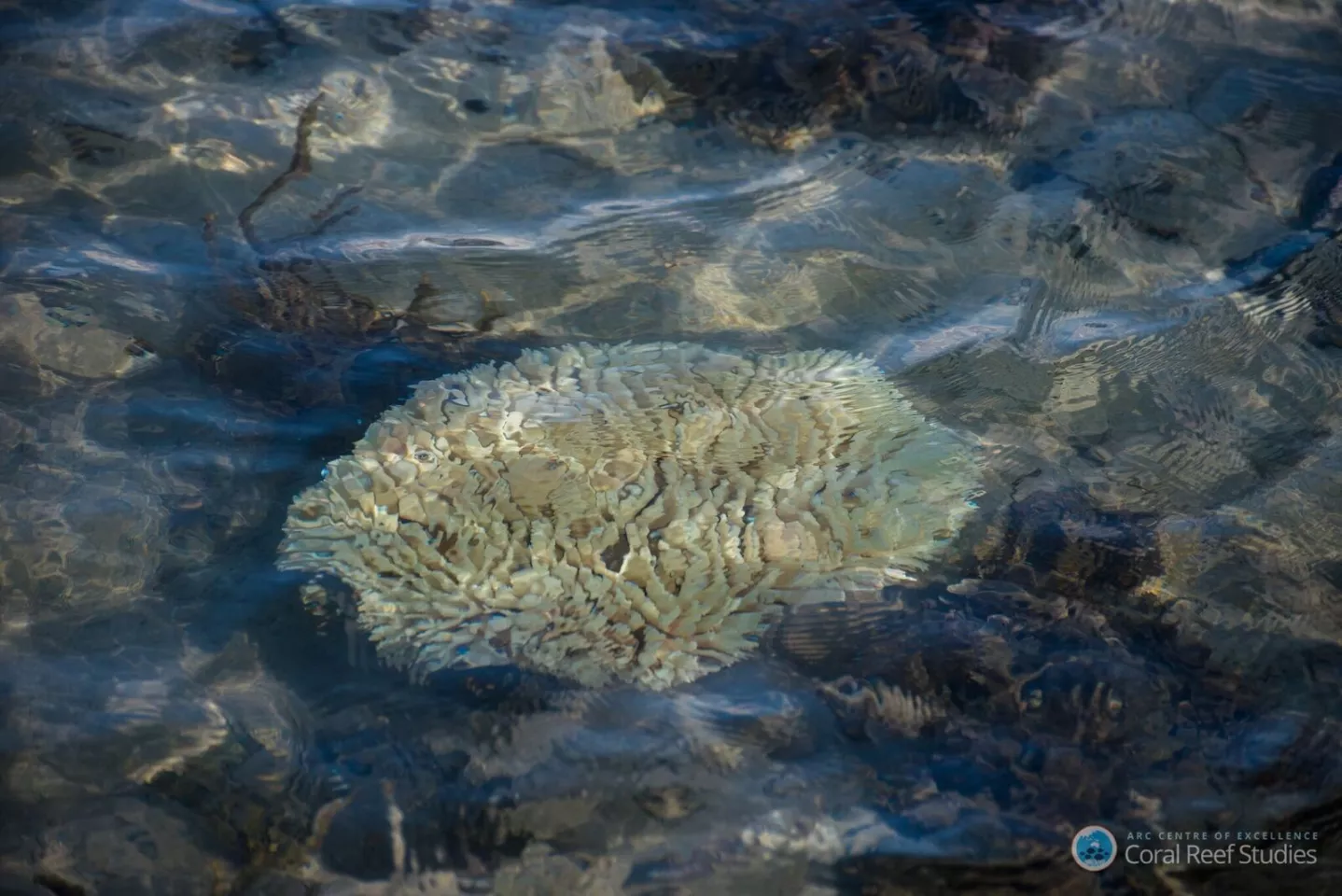Scientists have warned that global warming is hurting Australia's Great Barrier Reef, but a new study has brought to light just how far along the damage might already be. An aerial survey of more than 500 coral reefs making up the system has revealed that almost all have suffered severe bleaching, with the researchers labeling it the worst mass bleaching event in the World Heritage Site's history.
Coral bleaching occurs as a result of abnormal sea conditions, such as warmer or colder temperatures. This causes stress on the algae living inside the coral, in turn leading the coral to expel them from their tissue. And because these colorful algae are critical to coral health, their departure leaves the coral withering, white and in danger of dying.
While a range of factors can alter the temperature of the ocean, and the Great Barrier Reef has already experienced mass bleaching events in 2002 and 1998, both the frequency and severity of these events is expected to rise in line with rises in global temperatures. According to the US Environmental Protection Agency, global sea surface temperatures rose at an average rate of 0.13° F (0.07° C) per decade between 1901 and 2014.

Partner this with ocean acidification, another consequence of climate change that is already harming the coral's ability to grow, and global warming presents an ominous threat to the livelihood of reef systems around the world.
"This has been the saddest research trip of my life," says Professor Terry Hughes, convenor of the National Coral Bleaching Taskforce. "Almost without exception, every reef we flew across showed consistently high levels of bleaching, from the reef slope right up onto the top of the reef. We flew for 4,000 km (2,485 mi) in the most pristine parts of the Great Barrier Reef and saw only four reefs that had no bleaching. The severity is much greater than in earlier bleaching events in 2002 or 1998."
Hughes and his team eyed the reef systems between the city of Cairns and neighboring nation of Papua New Guinea to the north, where vessels and island research stations corroborated their observations that most of the reefs in the region are suffering bleaching and that virtually all coral species are affected. How the damage extends beyond Cairns to the south is not yet known.

"Even more concerning, we haven't yet found the southern limit of the bleaching," explains Hughes. "We'll be conducting further aerial surveys this week in the central Great Barrier Reef to identify where it stops. Thankfully, the southern Reef has dodged a bullet due to cloudy weather that cooled the water temperatures down."
These aerial surveys will be complimented by further underwater research, as the scientists work to assess the full extent of the damage and coral death.
"Scientists in the water are already reporting up to 50 percent mortality of bleached corals," says Hughes. "But it's still too early to tell just what the overall outcome will be. We will continue to conduct underwater surveys along the Great Barrier Reef in the coming months as the full impact of this mass bleaching event unfolds."


















